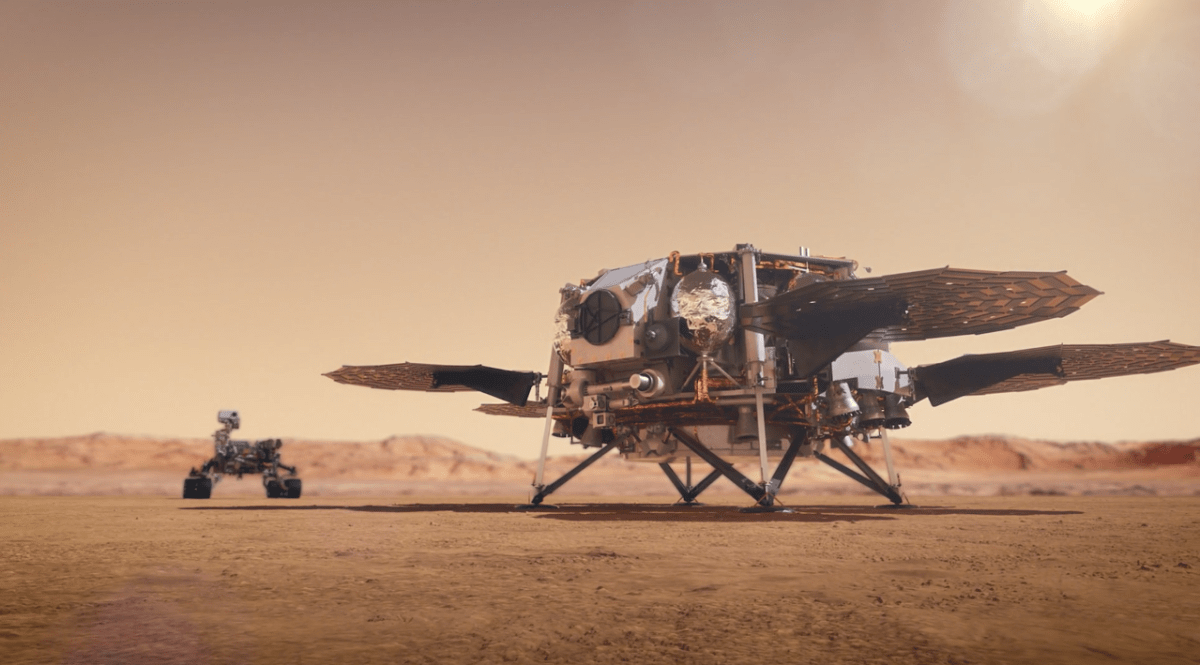NASA Administrator Bill Nelson has announced a major shift in strategy for the agency’s $11 billion, 15-year mission to collect and return samples from Mars. Instead of continuing with the current plan, which has been deemed insufficient, the agency will be looking to find a more affordable and timely solution by collaborating with commercial space startups.
“The bottom line is, an $11 billion budget is too expensive, and a 2040 return date is too far away,” Nelson said at a press conference. “We need to look outside the box to find a way ahead that is both affordable and returns samples in a reasonable timeframe.”
In other words, NASA will be starting over and bringing in commercial providers from the beginning to ensure a successful mission.
The Mars Sample Return mission was still in the planning stages, but an independent review of the project last year concluded that it would not be feasible to complete the mission before 2040, and at a much higher cost of $8 billion.
“NASA soon will solicit architecture proposals from industry that could return samples in the 2030s, and lowers cost, risk, and mission complexity.”
This shift in strategy may prove to be a historic windfall for both established primes and up-and-coming space startups. Companies like Intuitive Machines, which made history with the first private lunar landing, will likely be vying for the opportunity to take on what could be a multi-billion-dollar contract.
NASA’s decision to involve commercial space companies also benefits launch providers, as it opens the door for newer heavy launch vehicles, such as Blue Origin’s New Glenn, Rocket Lab’s Neutron, and SpaceX’s Starship, to potentially play a role in the mission.
It is evident that any missions planned before the recent advancements in orbital and interplanetary technology are no longer feasible. While there may be some hesitation to abandon projects like NASA’s troubled Space Launch System, it seems that embracing commercial ambitions could lead to a more efficient and successful Mars program.
The official announcement of this shift in strategy may also be very validating for the new generation of space companies, as it implies that they will be the ones to accomplish ambitious goals like a trip to Mars and back.
While there is currently no money on the table, it has been promised that the funding originally allocated for the Mars Sample Return mission will be redirected towards whatever new plan the larger NASA community decides on. This new plan is likely to heavily rely on commercial services and hardware.
Just as the Commercial Lunar Payload Services program paved the way for the proliferation of various space vehicles, spacecraft, and landers, this newly recast Mars Sample Return mission may be the catalyst for achieving commercial ambitions on the red planet.









I don’t think the title of your article matches the content lol. Just kidding, mainly because I had some doubts after reading the article. https://accounts.binance.info/register?ref=P9L9FQKY